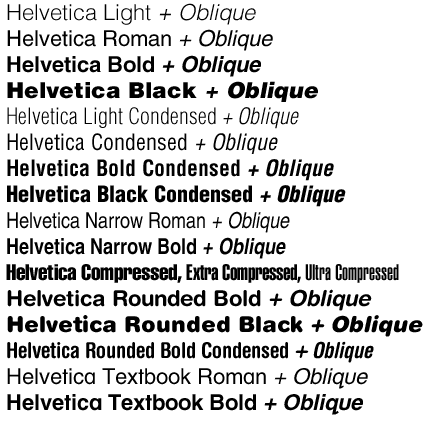What is Modernism
Today's lecture was based on modernism. For the next few lectures, we'll be discussing what modernism and postmodernism is.
There are three stages of modernism:
- Crisis in the representation of reality
- The Rise of abstraction
- Abandoning the aesthetics
We discussed each of these stages thoroughly and I also went ahead and researched into each stage for myself. From what I have gathered from this lecture, I understand that Modernism can be seen as a sort of development in design of all kinds. It is also argued that we might not be in a modernism stage, but rather, we are in a Post Modernist stage.
Crisis in the representation of reality:
"representation could be thought of as means of depicting or portraying of a subject, which relied upon the connection between the rendition and the original".
We discussed a great deal about how the representation of reality has changed in design. Photography has contributed greatly to the way society sees images. Before photography, artists were hired to paint an image of what they saw. If someone where to see that image/painting they only had the option of believe it for what it was. It could be argued that photography has drastically changed the way in which designers represent an image.
"In a similar manner, artists turned to photography as a means of documentation outside of the content of abstract, purely conceptual art and instead focused attention on the political and social climates connected to the image" http://www.andrewschroeder.net/2009/03/24/crisis-of-representation/
The rise of abstraction:
We spoke briefly about abstract art and how it may a new way in which designers view imagery. Abstract art could be a way of breaking out of a set of rules. Abstract art has only recently been accepted as an art form. Realism in art and design is something that will always be there but abstract art is almost like a rebellion against the traditional way of designing.
"Artists like Monet, Manet, Pissarro and others, bravely all helped break out of the classical tradition , allowing us to see that art could be more than we had come to accept. In their time these paintings were seen as revolutionary". http://www.arts-fine.co.uk/paintings-for-sale/abstract-realism.html
Here are some examples of modern abstract art.
"This abstract realism is a form of art that sits between realistic depiction of the world and a non representational abstraction. No longer are the two separate and opposed, but come together to strengthen each other and form an alloy. The artist who can make realistic images, but takes that skill and creates a more abstract painting that is greater than sum of them both"
Abandoning the aesthetic process:
This was a part of the lecture that I was especially interested in. The reason for this was due to the fact that I study graphic design. Graphic design can focus heavily on rules and specific styling. Despite the fact that we have some kind of artistic licence, we are still expected to follow an unspoken set of rules and formatting in order for our work to be considered.
Abandoning the Aesthetic process is a time in which artists dared to stop following a set of rules in order to make aesthetically pleasing art work. Modernism is basically about abandoning the rules.
"If the rules inherent in one tradition are abandoned or proscribed, another set of rules will replace it. Thus we find that the modernists, in breaking all the rules of harmonious composition, in turn generated a set of rigid rules that are simply the opposite of the rules they replaced, rules that guarantee that complex coherence is permanently denied."
I found this quote very candid in the way it explained that explains how no matter how badly artists try to diminish "the rules", we still manage to develop a new set of them.


